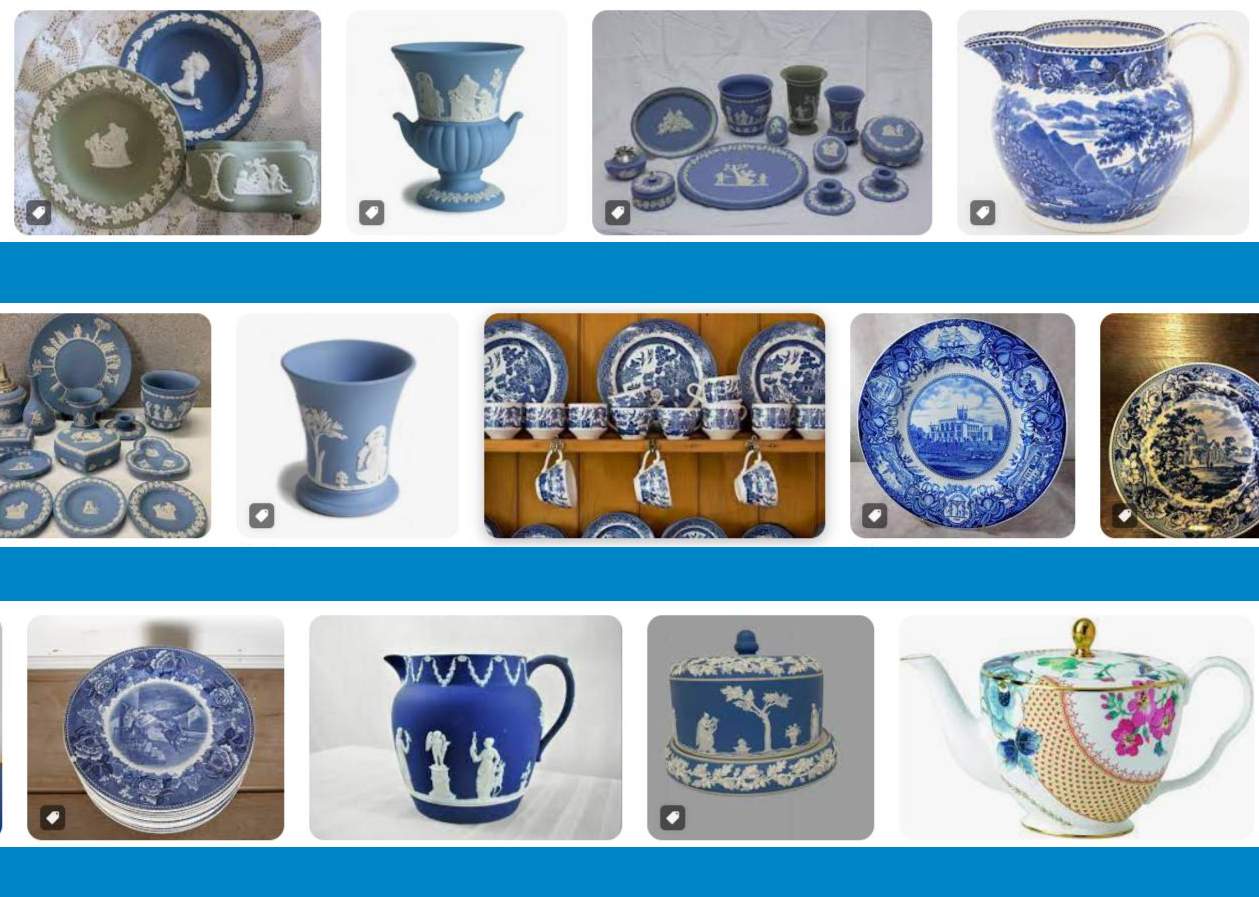What is Wedgwood Pottery?
A Comprehensive Guide to the Famous English Ceramic Brand
When it comes to English pottery, Wedgwood is a name that stands out. Established in the mid-18th century, the brand has become synonymous with high-quality, elegant British ceramics that have captured the hearts of collectors and enthusiasts all over the world. In this comprehensive guide, we will delve into the history, design, and production of Wedgwood pottery, as well as explore some of its most iconic collections and patterns.
Introduction: The Story of Wedgwood Pottery Pottery
Wedgwood Pottery is an English ceramic company that was founded by Josiah Wedgwood in 1759. At the time, England was experiencing an industrial revolution, and Wedgwood was at the forefront of the movement, using new technologies and methods to create pottery that was both beautiful and durable. Over the years, Wedgwood pottery became known for its quality, innovation, and attention to detail, and the brand grew to become one of the most famous ceramic manufacturers in the world.
The History of Wedgwood Pottery
Josiah Wedgwood was born in 1730 in Burslem, Staffordshire, a town that was at the center of the English pottery industry. His father was a potter, and Josiah began his apprenticeship in the family business at the age of 9. By the time he was in his 20s, Josiah had already started experimenting with new techniques and materials, and in 1759, he established his own pottery in Stoke-on-Trent, where Wedgwood Pottery is still based today.
One of Josiah’s most significant achievements was the creation of a type of pottery known as Jasperware, which he patented in 1775. Jasperware is a type of unglazed stoneware that is characterized by its matte finish and pastel colors, which are created by mixing pigments into the clay before firing. Jasperware quickly became one of Wedgwood’s most popular and iconic products and is still in production today.
The Design and Production of Wedgwood Pottery
Wedgwood pottery is known for its elegant, understated designs and precise, intricate detailing. Many of the designs are inspired by classical motifs, such as cameos, Greek key patterns, and neoclassical scenes. Wedgwood’s production process is also highly specialized and involves multiple steps, including moulding, firing, glazing, and decorating.
One of the most important factors in the production of Wedgwood pottery is the quality of the materials used. Wedgwood uses only the finest clays and raw materials to create its pottery, which is then fired at high temperatures to ensure durability and strength. The glazes used are also specially formulated to produce the distinctive colors and finishes that are characteristic of Wedgwood pottery.
Wedgwood Collections and Patterns
Over the years, Wedgwood has produced countless collections and patterns of pottery, each with its own unique style and design. Some of the most famous collections include:
- Jasperware: Wedgwood’s signature product, Jasperware is a type of unglazed stoneware that comes in a range of pastel colors and is often decorated with classical motifs.
- Queen’s Ware: Originally created in 1762 for Queen Charlotte, the wife of King George III, Queen’s Ware is a type of cream-colored earthenware that is often decorated with blue or black patterns.
- Black Basalt: Black Basalt is a type of fine-grained, unglazed stoneware that is often used for decorative objects and figurines. It has a distinctive matte black finish.
- Fairyland Lustre: Introduced in the 1910s, Fairyland Lustre is a highly decorative style that is characterized by its iridescent colors and intricate, whimsical designs. It was inspired by the illustrations in children’s books and fairy tales and features scenes of fairies, goblins, and other magical creatures. Fairyland Lustre pieces are highly sought after by collectors and can be quite rare and valuable.
